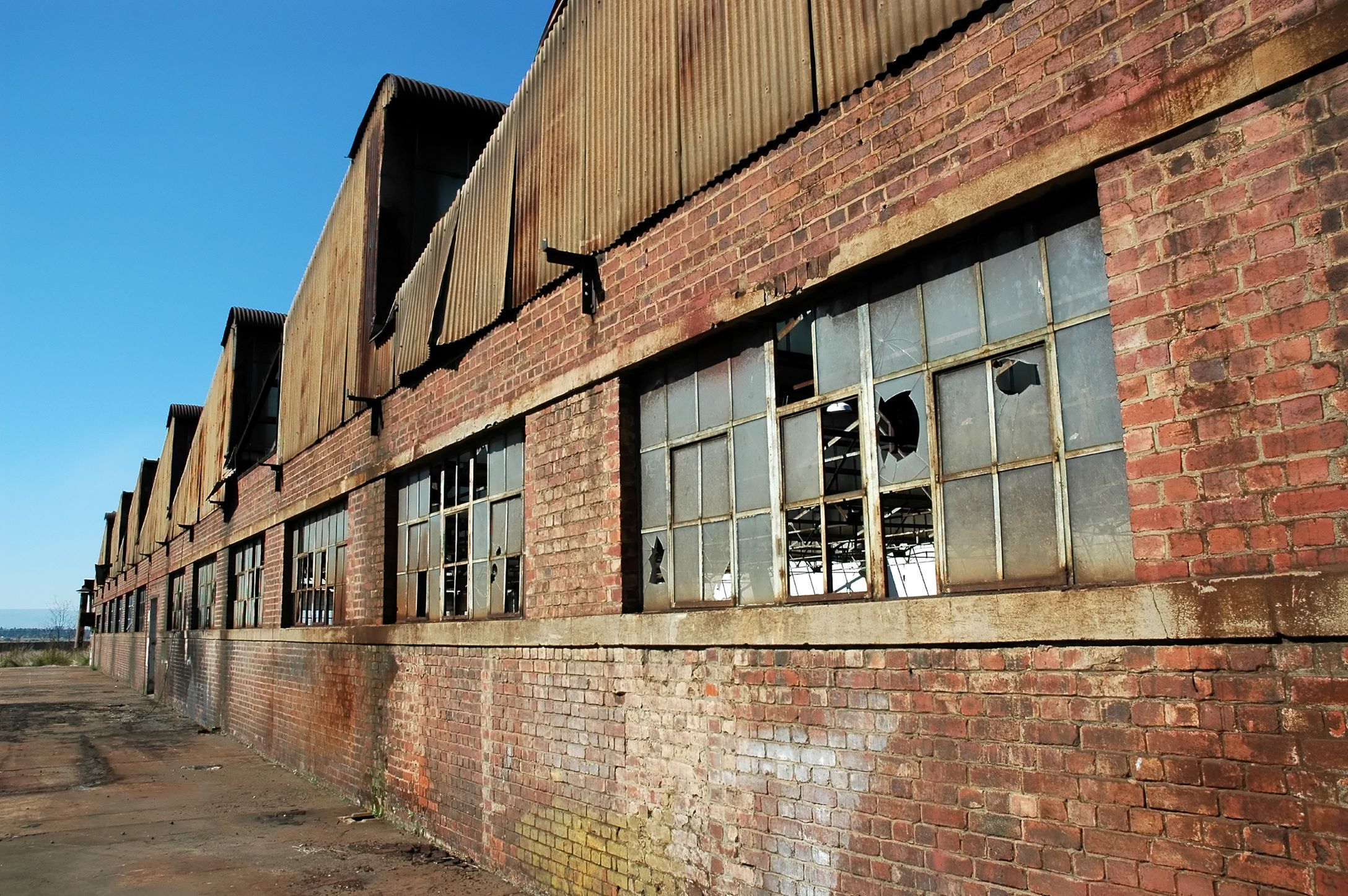
Most of us will be familiar with the array of TV series which have helped to educate us about the world we live in over the years, from Captain Planet and the Wombles to the more recent Paw Patrol which has a team of dogs undertaking rescue missions to save the planet. With all of these, there are implicit underlying messages to help educate and inform in a way that children from a very young age will take on board the concepts of climate change but will also complement the conversations they are having about the environment in their school settings from an early age.
If you have young children, you will be familiar with Rocky, the outspoken character from Paw Patrol, who says ‘Don’t lose it, reuse it’, ‘Why trash it when you can stash it’, and ‘Green means Go’, these made me think about the Government’s recent announcements which resulted (some argued) in the watering down of its green pledges.
I have had several conversations, with valuers as well as other property professionals, about how and if the green agenda influences property valuations be it green premiums, or the ‘demolish and rebuild’ vs. retrofit conundrum.
Is it wrong to have a less stringent nutrient neutrality strategy to breathe new life into the housebuilding programme, or are we sacrificing our waterways' long-term efficacy for short-term gain?
There are of course huge political and development brownie points to be earned by reviewing the benefits of achieving Energy Performance Certificate (EPC) band A versus band B on new build schemes.
As far as conversions are concerned, these targets can be harder to achieve therefore, any decisions must adopt a holistic perspective and must consider the initial development viability, as well as the ongoing operational and lifecycle costs associated with the building, hence its impact on the property valuation.
Despite the softening of the Government’s original totemic desire to be seen as a ‘Global Green Leader’, Environment, Social and Governance (ESG) continues to remain at the forefront of investment decision-making. So maybe Rocky, from Paw Patrol is correct when he says, “Green means go!”?
The Prime Minister would argue that updating the Government’s policies on EVs (Electric Vehicle), development, home heating and building energy efficiency will help cost-sensitive households and small businesses during a cost-of-living crisis which will be with us for some time. Perhaps his mantra would be “Green means go” – but at a pace to suit the whole community, not just those who can afford it!
To put these ruminations in context, I was recently called upon as an expert witness on a case involving the proposed demolition of a non-listed hotel building, in a conservation area. My opinion on the financial viability of replacing the property with a new hotel was sought as part of a planning appeal. As with all complex cases like these, there were several competing arguments and expert opinion is sought on a wide range of issues including heritage, structural repair and, in the case, I was involved in, development viability.
The appellant argued that viability was not a relevant consideration in the determination of the application however, it was also argued that unless permission was granted for a financially viable replacement building, the existing building would fall into dereliction, harm the conservation area’s credentials, and impact listed buildings in the immediate neighbourhood.
During the proceedings, reference was drawn to the National Planning Policy Framework (NPPF), in that the loss of a heritage asset should not be permitted without ensuring that the new development will proceed after the loss has occurred. The NPPF also states that less than substantial harm to the significance of a designated heritage asset should be weighed against the proposal's public benefits, including, where appropriate, securing its ‘Optimum Viable Use’ (OVU).
Having assessed all the facts, my expert opinion was that the OVU and the most economically viable scenario would be the retention of the building, either in its current form or, as a conversion to an alternative residential use.
I also concluded that the least viable use was the proposed scheme which involved demolition and redevelopment of the building. The appellant’s rebuttal was that given the condition of the building, demolition and the erection of a new structure was now the only viable choice.
The presentation of development viability evidence can often be a complex matter, particularly when dealing with historic buildings and the issues of re-use versus rebuild. In this case, after detailed submissions from both sides, together with a raft of supplementary evidence, the inspector concluded that whilst viability evidence does not specifically provide certainty that a development will proceed, it is a useful basis where the premise of the case is that planning permission must be granted for a financially viable replacement building.
In such instances, there is a need for the application to demonstrate a consideration of OVU and potential alternatives for the retaining buildings. In this case, the result was that the appeal was dismissed.
Whilst every case will be different perhaps, it is interesting to note a high profile, high stakes application - the Secretary of State’s recent decision on the M&S Oxford Street proposal: that the demolition of the existing building and the construction of a new development in its place did not “outweigh the harm to the significance of a number of designated heritage assets.” In other words, at the outset of new development perhaps we should start by thinking “Don’t lose it, reuse it”.





